This is an audio transcript of the Life and Art from FT Weekend podcast episode: ‘In the age of AI, what counts as art?’
Lilah Raptopoulos
Welcome to Life & Art from FT Weekend. I’m Lilah Raptopoulos. My colleague John Thornhill recently saw a movie that he really liked that wasn’t made by humans. It was auto-generated by a machine so that it’s never shown the same way twice. The film is called Eno and it takes 500 hours of footage shot over the lifetime of the artist Brian Eno. Humans were involved, of course. They shot the original footage. Human editors cut that footage into scenes, but after the initial edit, an algorithm was set loose that combines those scenes into new orders every time you press play. It plays with the ideas of memory and truth. Here’s a clip of an unreleased Eno recording that’s in the film called All I Remember.
[AUDIO CLIP FROM ALL I REMEMBER PLAYING]
Lilah Raptopoulos
Brian Eno has always been experimental. He’s worked with musicians like David Bowie. He pioneered the genre of ambient music, and John is very interested in experimentation. He’s our innovation editor and he writes a lot about new technologies and generative AI. He wrote about this film in his recent column, and when I read it, it felt really like finally a tangible example of the kinds of things that might be to come. So for anyone who’s also a little worried about how generative AI might affect art and culture in the future, John has kindly joined us today to talk through it. John Hi. Welcome to the show.
John Thornhill
Hi, Lilah.
Lilah Raptopoulos
Thanks for being here. OK, so why don’t we start with this film? The filmmaker said you saw one of 52 quintillion possible versions. Is that right?
John Thornhill
Yeah, That’s quite a lot, isn’t it?
Lilah Raptopoulos
It seems like a lot. I don’t even know what that number means.
John Thornhill
And they said it would make quite a boxset if you were to compile it all together.
Lilah Raptopoulos
Can you tell me what that actually looks like? You know, I feel like we’re used to following one narrative that a filmmaker decided on before we were ever involved. And this sounds like chaos, honestly. Yeah. How would you explain it?
John Thornhill
Well, as you were saying, Eno himself is an incredibly kind of creative, quirky individual. And he didn’t want a kind of standard biopic. So Gary Hustwit and Brendan Dawes, who are the people behind it Eno went to him and said, well, how about we throw all of the archival footage into a hopper and then write software that would extract different scenes and pull out themes and ideas and make connections and almost have a kind of kaleidoscopic view of Eno’s creative life.
And every single version, the 52 quintillion possible versions of it, would pull out different aspects of his life and his creativity. And that clearly appealed to Eno and so he gave his blessing for this film to go ahead. And what I think is extraordinary about it is that although it does differ every time you see it, there is a kind of curious, intuitive logic that kind of threads it all together. And so it does make sense. It’s not just kind of a random assembly of scenes from Eno’s life.
Lilah Raptopoulos
Can you tell me about that? What was the experience of watching it like? You said, that it was, it had some jagged juxtapositions, but that it did have a clear narrative arc.
John Thornhill
Yeah. Brendan Dawes in particular who kind of wrote the software for this. And they did want to give it some loose structure. So they had an introductory scene and they had a concluding scene. And because that had to kind of bookend the film, as it were. And then they had human editors who edited a hundred scenes from different and really important parts of his opus, as it were, which they wanted to have as kind of standalone elements of the film. But then the software was really very much kind of picking out different associations, connections between different aspects of his career and so on.
One particular film, it might go very heavily on his association with David Bowie. On another one, it might focus on Roxy music. On another. It might go completely differently into his thinking about creative art and so on. So I think that’s really what was fascinating about it. You knew that all of these connections and ideas were being meshed together in a way that they had never been meshed together before. And to my mind anyway, that made it really quite fun and interesting.
Lilah Raptopoulos
Yeah, I can imagine. John, how are critics reacting to this movie? I imagine it’s a hard thing to write a review of.
John Thornhill
Yes, for sure. I mean, I read a lot of the reviews of the film and what was fascinating is that they all seemed to undergo something of an existential crisis in them reviewing the film because they knew that the film that they saw was not going to be seen by anybody else. And so the reviews tended to focus on the nature of the project itself and the technology that was used and the kind of structure of it and the intent of the producers and so on, rather than the content of the film itself. And I think that’s fascinating from a kind of an artistic perspective because that’s part of the value of art in one sense, is that it provokes conversations.
To some extent Eno does that brilliantly, I think, because everyone can have a very legitimately different opinion about the art that they went to see, but it also loses something to the extent that if you go and see a great work of art, a Mona Lisa or you read Middlemarch or whatever. You can have legitimate differences of opinion based on the same thing that you’re experiencing or reading. In this case, you’re arguing about something different. So I think that does raise a kind of whole new question about the nature of art as well. And is it something that we collectively agree is art and there’s the defined and clear definition of what it is, or is it permanently kind of fluctuating it?
[MUSIC PLAYING]
Lilah Raptopoulos
John, one of the things that I really loved about your piece is this point that you made, that the film reminds us that there really isn’t one singular truth when it comes to how we tell the story about our lives. You know, like a traditional documentary tells a story in one way, but we tell our own stories in all these different ways. There’s the story that we tell on LinkedIn. There’s the story that we tell out at a bar or on a date. There’s the story that others tell about us, and they’re all different, but they can all be true. Can you say more about that?
John Thornhill
Well, it certainly plays very much into the debate, I think, about generative AI at the moment, and we have these extraordinary models like ChatGPT and so on, which we’re all now using. And one of the big features of that, which many people consider a bug, is that they hallucinate. They just make stuff up. And we’ve obviously had cases of lawyers going to court with kind of GPT-generated briefings which contain completely fictitious legal cases, which the judges in those cases don’t take too kindly to.
But what struck me about the Eno film, which is, I have to stress, not generated by generative AI, it was a kind of proprietary software that Brendan Dawes wrote, therefore, what the material in it is true, you know, it was recorded. It happened. It was taken from real life. It wasn’t inventing anything. But it did show this extraordinary kind of kaleidoscopic aspects of people’s lives. And I’m sure that we all have this situation, that we have false memories ourselves, and we can think that things happened to us in our lives, that we think that we said this on a particular occasion. And in fact, when you actually go through someone’s archive, the material is all truthful to the extent that any artistic material is truthful and it is creating linkages between genuine footage.
And so I think in that sense, it struck me that this film is truthful because it’s kaleidoscopic. It’s showing very many different aspects of Eno that even he might not have thought about. And that is quite a contrast to some of the generative AI models and films that are being created of that which are really inventing stuff in somewhat crazy and fairly random ways.
Lilah Raptopoulos
Right. OK. So you’re saying that the, you know, film isn’t generative AI itself, but it still could help inform what’s possible in the future with generative AI?
John Thornhill
So I think the difference is that the Eno film very much had a kind of guiding human brain. And there was a film director who was saying, I want to make a film. These are the constraints that we’re going to impose on it. This is the material we’re going to use, and these are the prompts that we’re going to give it in a way and set of directions, that these are the scenes that we think are important, have to be incorporated in one way or the other. And so there was a kind of human framing for that.
What you get with generative AI models is often completely random in the sense that there is no human guiding framework for that. And the best way, I think, to think of a lot of these generative AI models is that they’re almost super, super sophisticated, kind of autocomplete functions. They are trained on the probability of one word following another to the nth degree. And therefore, they are quite predictive in that sense. But there is no guiding principle or human steerage, as it were. And so I think that’s when you see AI films, they can be quite inspired in their own way, but there is far more kind of randomness built into the process.
[THE RUN-THROUGH TRAILER PLAYING]
Lilah Raptopoulos
So, so far, this all feels pretty harmless and interesting, but there’s a lot of anxiety around the risks of AI, and I wonder if that applies here, like how we go from cute experimental film to like, you know, the robots are in charge. I read a piece recently in The New York Times about, you know, what will happen if AI gets trained on AI, that there’s, you know, all this content being generated now by AI, and then the models are training based on this inhuman interpretation of that content, which can sometimes be wrong. And then another model gets trained on that and trained on that. And suddenly there can be a world in which, like everything that gets interpreted, just starts to become gibberish.
John Thornhill
Yes. That’s a big concern, I think of some AI researchers now that the creation of what they call synthetic data can be incredibly useful in helping to train some of these models. So, for example, the AlphaGo program, I got very good at playing the game Go because it played thousands of games against itself and it created synthetic data which it then trained on to become better. But you can create synthetic data which poisons the well, as it were, and it is cannot be fully relied upon. And there’s been some very interesting research coming out saying that this could lead to model collapse.
I’m not enough of a technological expert to know how serious this is to be taken, but it’s certainly something that is being talked about quite openly now. But as you say, the ability of our models to generate synthetic data can be useful, but can also actually jeopardise the whole reliability of the models themselves.
Lilah Raptopoulos
Yeah. I’m trying to envision an example of a way that, you know, if these generative AI models were more sophisticated and used to create content with more freedom than the Eno film’s algorithm allowed, what would be possible? I mean, like, would it be things like, you know, it could build a film based on another guy that exists in the world named Brian Eno. Or it could build a film that shows different versions of the film to different races or ethnicities or I’m just kind of trying to . . .
John Thornhill
We’re just freewheeling a bit, I mean, I guess we’re . . .
Lilah Raptopoulos
Freewheel, yeah, I think . . .
John Thornhill
Where this could end up is that . . .
Lilah Raptopoulos
Yeah.
John Thornhill
. . . generative AI could write Eno-style music. It could create wholly new music, taking his back catalogue, as it were, and all the artists that he has worked with and then come up with music as though it was produced by Eno and which nobody has ever heard before. Similarly, you could invent an entire script and generative AI could put words into Eno’s mouth. It could analyse everything he has ever said in his life that has been recorded and then come up with Eno-like statements. And then you could actually create an avatar that looks almost identical to Eno. And so you could invent a whole film that was completely fictitious, that had no truth in it at all in that sense, but was really very plausible. It would look like Eno, it would sound like Eno, his music would sound like Eno, he’d speak like Eno. And yet he was directly generating none of it.
Lilah Raptopoulos
Right. OK. Yeah, that’s helpful. Those are some of those questions that I think that we have gotten pretty good at asking. Like, I find myself a bit more vigilant about misinformation than I ever was. You know, sometimes I’m watching a clip online and I think that looks suspicious. Maybe it’s fake. Maybe it’s been manipulative. I don’t think I ever would have asked that 15 years ago. I feel like there’s maybe other questions we should be asking ourselves now. Like kind of more sophisticated ones that I don’t know yet. What should we be asking ourselves? You know, knowing what you know about this?
John Thornhill
Well, I think we’re definitely moving into a world where it will be almost impossible to identify what art has been created by humans and what is being created by a machine. And instinctively, we have an incredible kind of visceral reaction against that. At the FT Weekend Festival in London a few years ago, we had the audience listen to a Bach chorale that was genuine one that Bach himself wrote, and one that was generated by a computer. And the audience split, I think, 52-48 per cent. They did recognise the genuine Bach. But people were horrified. The people who wrote, the 48 per cent who didn’t recognise the genuine artefact as it were, felt horrified that they had somehow been cheated. But really, I mean, is that the right reaction? If the music gives you the same emotional response, whether it’s created by a human or a machine in that sense, doesn’t really matter, does it?
Lilah Raptopoulos
Well, yeah. I can sort of understand why they’re horrified. Gosh. OK. But you seem to be kind of excited about this, which is interesting. Why?
John Thornhill
I mean, I think it’s very interesting in the realm of art in particular, isn’t it, where deception is, in a way, part of the artistic process. You know, that clearly doesn’t apply. You really don’t want your kind of bank to go in for deception in a similar way. So there are kind of hard guardrails that you want to reinforce amongst kind of daily life.
But in the field of art, I think it’s really quite exciting and possibly inspirational that you can get machines to create artefacts in a way that they’ve never been created before. And we’re talking, well, I’ve just been talking about mimicking human art. But, you know, it will be possible, I think, increasingly for machines to come up with new ways of conceptualising images or words or text or music, which really would be a spur to human creativity.
Lilah Raptopoulos
Yeah, interesting. So it’s like the danger that this could be in other realms could actually be a feature or a positive in the art realm.
John Thornhill
I think it’s also interesting people in the artistic well, to the extent that I interact with them, tend to be excited by the technology and the possibilities of the technology rather than being scared by it, as it’s now increasingly common in other fields, I think. And of course Hollywood actors and script writers have legitimate concerns and they will go out and protest and strike about the indiscriminate use of AI. But I’m also struck by how many artists are now embracing it and trying to use it in very creative ways, which I think is quite exciting.
[MUSIC PLAYING]
Lilah Raptopoulos
So it seems to me like this idea of AI-generated art is challenging what we think of art as based on who or what it’s made by. Right? Like if it’s made by a machine, is it art? It’s a big question. And then the Eno film is kind of challenging our experience of art because everybody’s watching a different version, right? So, like, we aren’t even talking about the same piece of art when we’re talking about this film. So this conversation, maybe part of why I’m finding it hard to ask you about it is kind of pushing it two boundaries at the same time in terms of how we think of art.
John Thornhill
Yes, for sure. I think that does raise a kind of whole new question about the nature of art as well. And is it something that we collectively agree is art and there’s a defined and clear definition of what it is? Or is it permanently kind of fluctuating? And one of the most fascinating things about this Eno film was that they, at the Venice Film Festival, I think, they played the film rather than being constrained by 90 minutes, they put it on a continuous loop, as it were. And I think if I’m right and it played for about 160 hours nonstop, because you could do that with the software, it could just take out all of this material and surface it in different ways. And it was obviously running through the night when there was no one in the cinema to see it. I think there’s something wonderful about the idea of a kind of film being shown, which no one is watching. And it’s a bit like the debate about if a tree falls in the forest and no one hears it, has it happened? So I think the whole nature of art in that sense is rather fluid.
Lilah Raptopoulos
Absolutely. And that is the beauty of it and the difficulty of it all in one. John, this has been so interesting, so thought provoking. Thanks for coming on the show.
John Thornhill
My pleasure. Thanks, Lilah.
[MUSIC PLAYING]
Lilah Raptopoulos
That’s the show. Thank you for listening to Life and Art from FT Weekend. We’ve linked to John’s piece about the Brian Eno film in the show notes that we’ve also included some other interesting links about AI there, which the FT has, of course, been covering a lot. Also on the show, notes are places to find me on email and on Instagram. I’m @LilahRap and I love chatting with you online about culture.
I’m Lilah Raptopoulos and here’s our incredible team. Katya Kumkova is our senior producer. Lulu Smyth is our producer. We had help this week from Persis Love. Our sound engineers are Breen Turner and Sam Giovinco with original music by Metaphor Music. Topher Forhecz is our executive producer and our global head of audio is Cheryl Brumley. Have a wonderful week and we’ll find each other again on Friday.




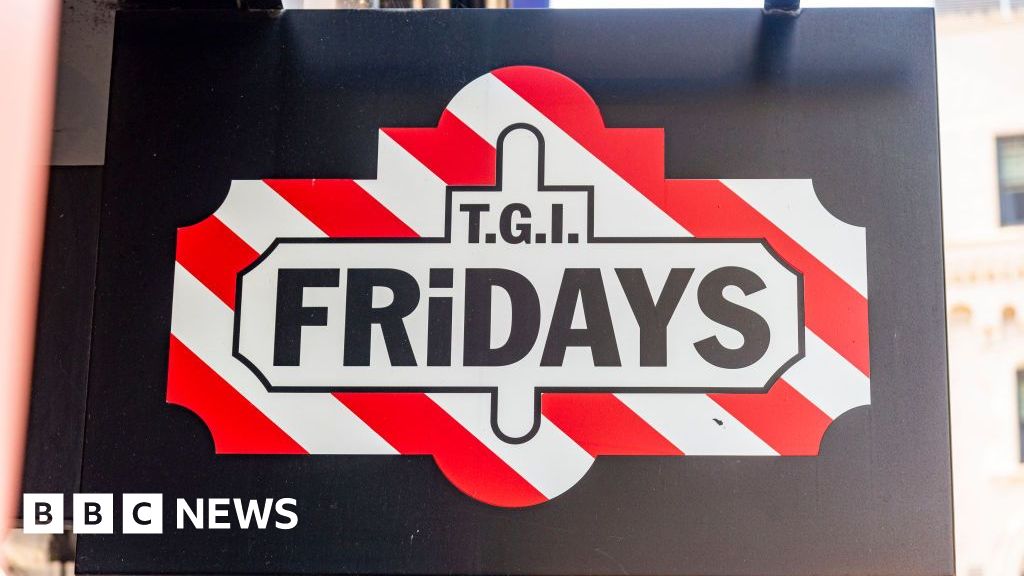



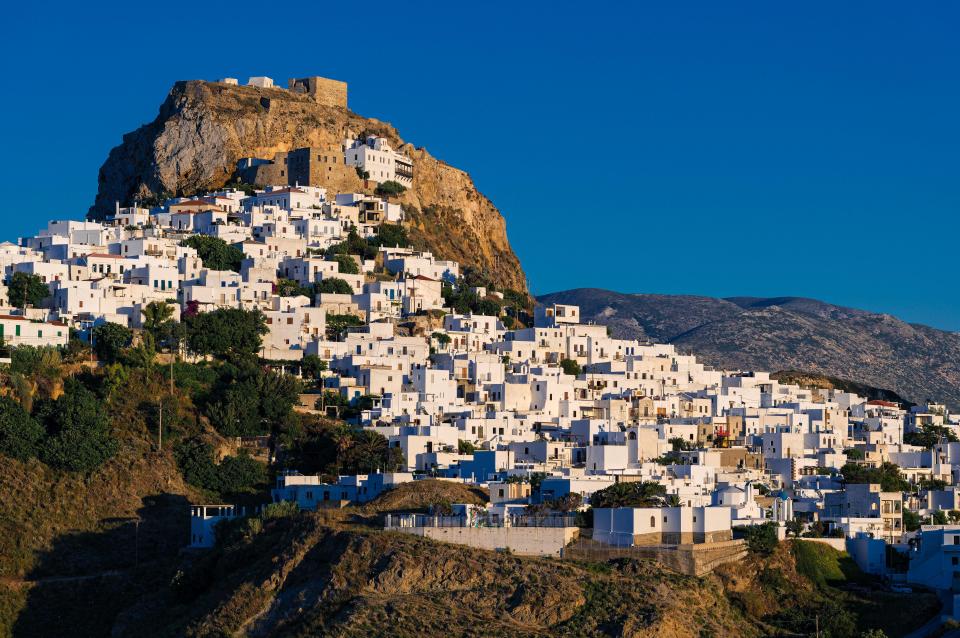
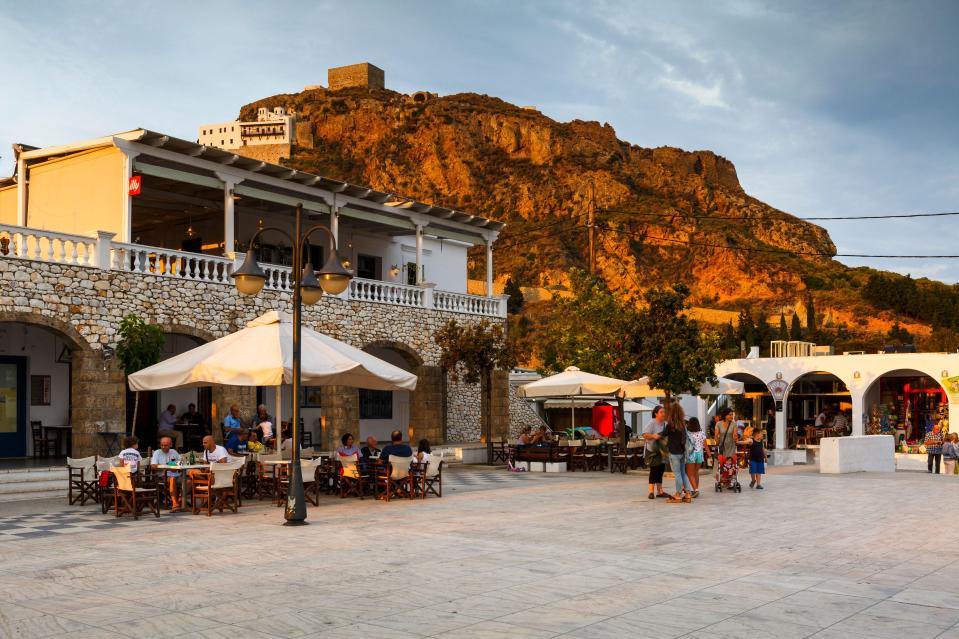
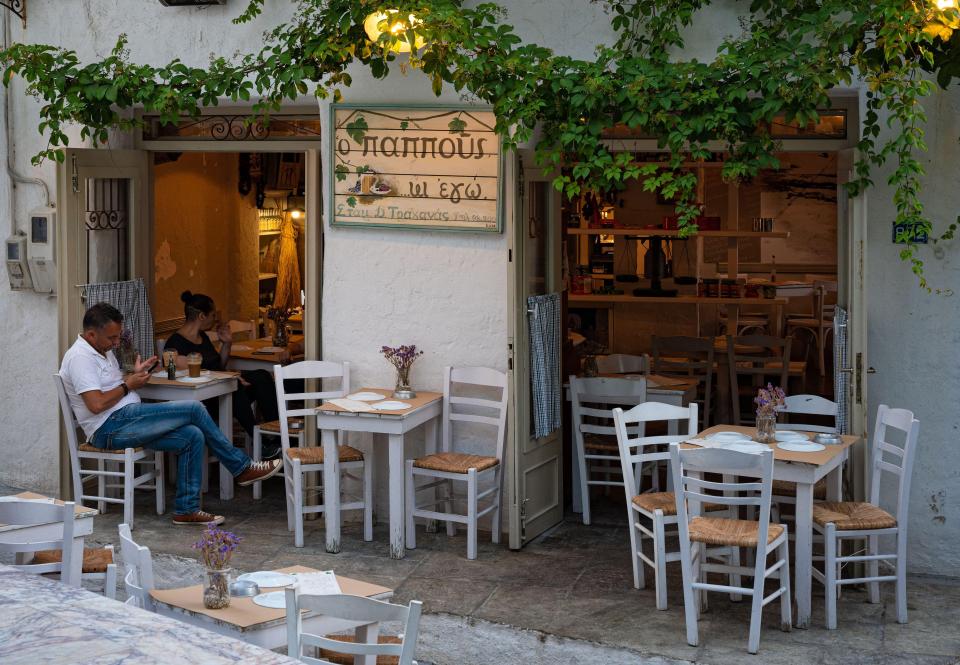
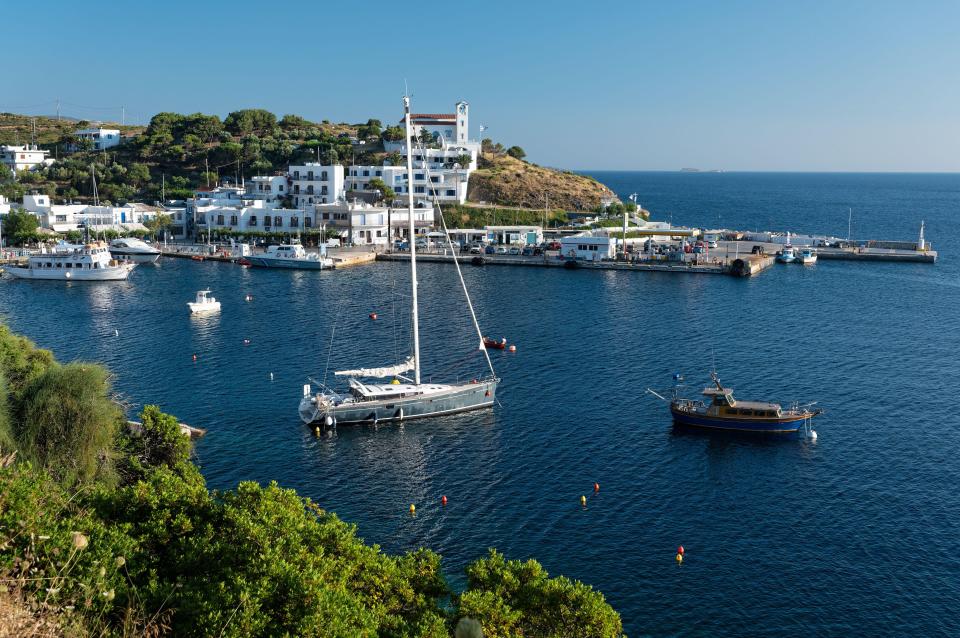
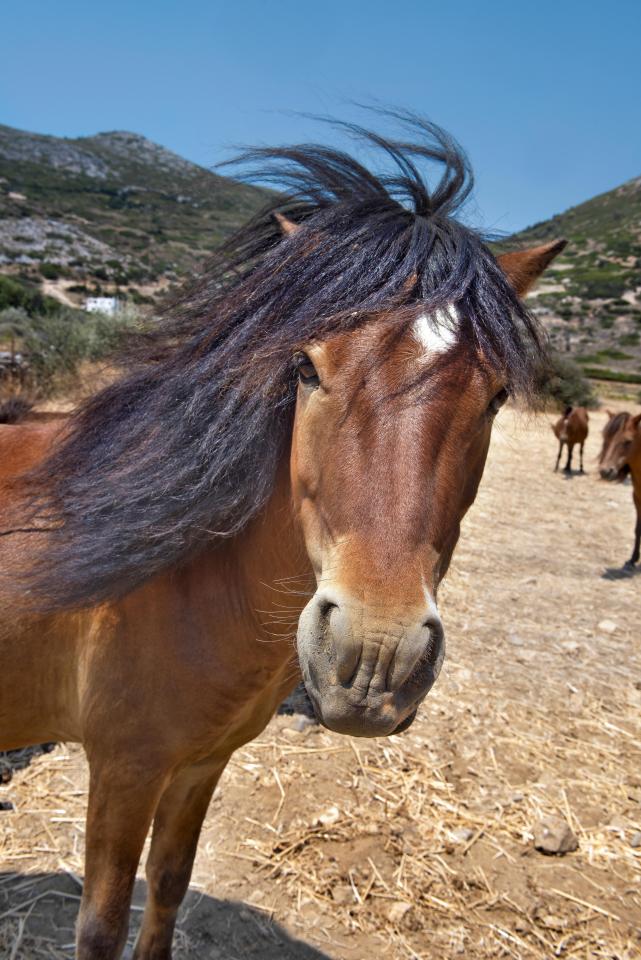
































































































































You must be logged in to post a comment Login